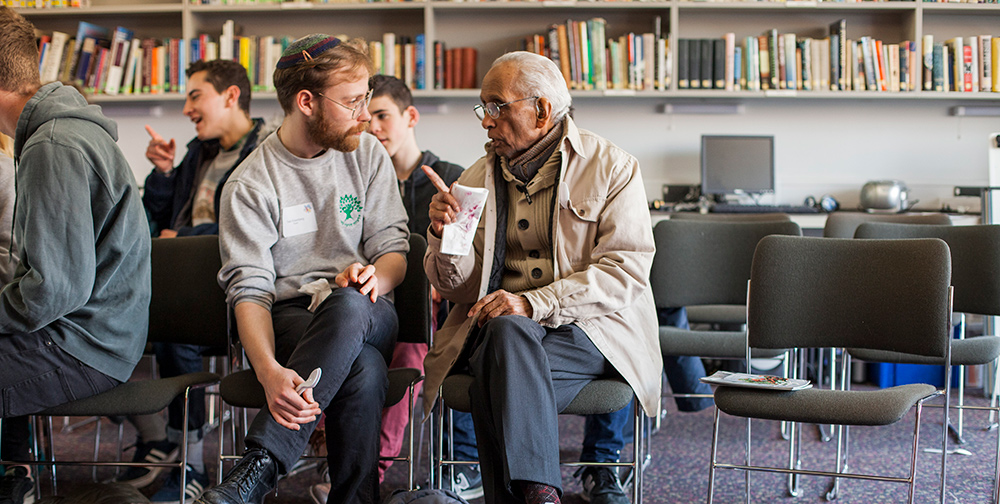Tazria-Metzora

Parashat Tazria-Metzora is one of the most puzzling parashot for the modern mind. It lays out the laws of purity and impurity. “Purity” enables inclusion in society, “impurity” effects exclusion and is associated with death. A metzora is a person affected by a skin disease (tzaraat) which renders him/her impure and demands quarantine until the symptoms disappear. A priest will then facilitate the person’s readmission to the community via a purification ritual. However, anyone who suffers from a persistent form of this skin disease will be an outcast: “As for the person with a leprous affection, his clothes shall be rent, his head shall be left bare; and he shall call out, ‘Unclean! Unclean!’ … He shall dwell apart; his dwelling shall be outside the camp” (Lev. 13:45-46). Cut off from the flow of life, excluded from any close personal contact, the metzora indeed wanders in limbo as a living dead. He even “may be mourning his own ‘death’” (Tikva Frymer-Kensky, Studies in Bible and Feminist Criticism [2006], p. 331).
We might try to explain the phenomenon of the biblical tzaraat by comparing it to the recent epidemic of ebola. This can help us rationalize the necessity for isolation. However, besides the physical suffering that the afflicted person and his/her family undergo, their human drama cries out to heaven. The case of tzaraat, then, comes down to the dynamic of the community versus the plight of the suffering individual. The biblical commandment then seems rather cruel: The victim of the disease is even obliged to reinforce his isolation by calling out “Unclean! Unclean!” How can we, today, possibly justify an approach demanding that victims stigmatize and withdraw themselves?
Mishna Midot 2:2 recognizes the danger of ignorance, reminding us of our communal obligation: “Anyone entering the Temple Mount would enter by the right, circle around and exit from the left, except for someone to whom something had happened, who would circle from the left. [One might ask,] ‘Why are you circling from the left?’ …[S/he would say:] ‘I have been banned.’ According to Rabbi Meir, [they would reply:] ‘May the One Who dwells in this house put in their hearts to draw you near again.’”
While we cannot take away the suffering of the afflicted person, our task is to face the individual and extend ourselves with empathy and prayer. At the same time, the suffering individual is not to withdraw either. The Talmud reinterprets the verse above: “For it was taught: ‘And he shall cry, “Unclean, unclean”.’ He must announce his trouble to the public so that they may pray for mercy on his behalf” (Nidda 66a). In this reading, announcing impurity is no longer isolating, but rather becomes a way to reclaim one’s place within the community. As Rabbi Shai Held writes in a recent d’var Torah (“Struggling with Stigma: Making Sense of the Metzora” [2015], p. 7; available online from Mechon Hadar):
“The Rabbinic interpretation … tries to elicit a deeper level of humanity both from the afflicted and from the community … Those who are unafflicted may be tempted to look down at those who are … To be asked to pray for someone is to be charged with affirming their humanity totally and unconditionally and with cultivating empathy for them…reminding both the metzora and the community that despite illness and impurity, the metzora is still a human being who deserves and is entitled to the care and concern of the community as a whole.”
Nizan Stein Kokin is a rabbinical student at the Zacharias Frankel College and will be ordained in Berlin in June. She is currently a visiting student at the Ziegler School of Rabbinic Studies in Los Angeles.




